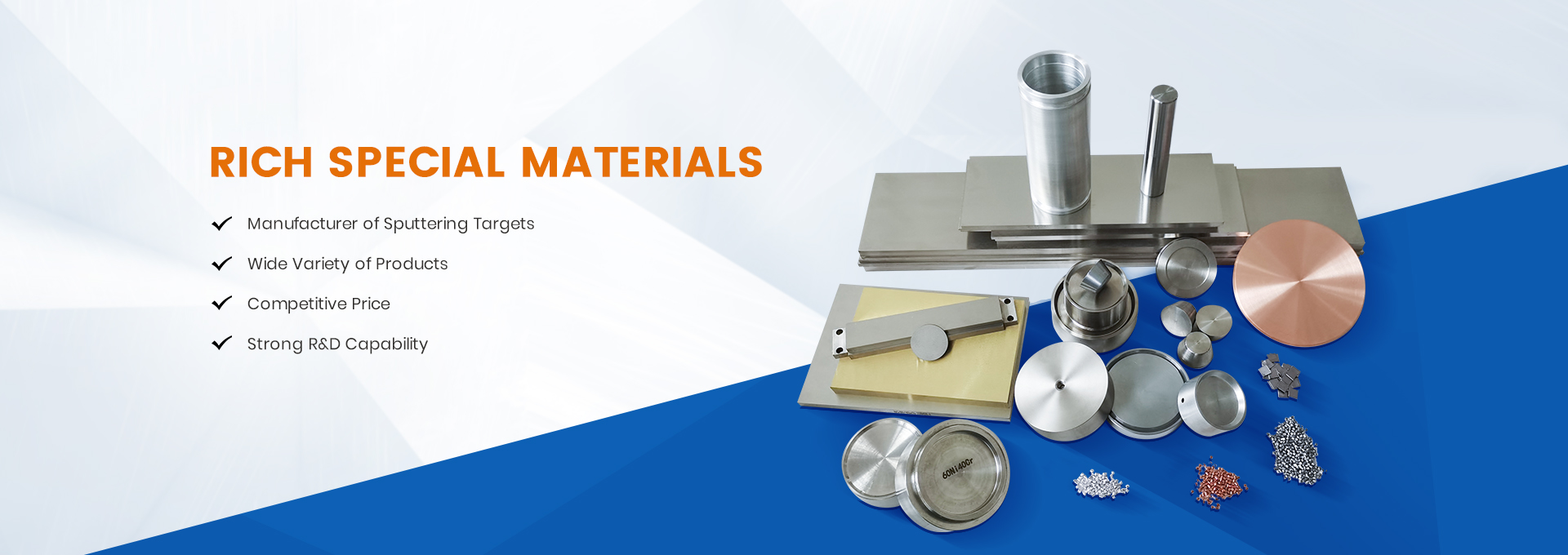In this work, we study the effect of various metals (Ag, Pt, and Au) on ZnO/metal/ZnO samples deposited on glass substrates using an RF/DC magnetron sputtering system. Structural, optical and thermal properties of freshly prepared samples are systematically investigated for industrial storage and energy production. Our results indicate that these layers can be used as suitable coatings on architectural windows for energy storage. Under the same experimental conditions, in the case of Au as an intermediate layer, better optical and electrical conditions are observed. Then the Pt layer also results in a further improvement in sample properties than Ag. In addition, the ZnO/Au/ZnO sample shows the highest transmittance (68.95%) and the highest FOM (5.1 × 10–4 Ω–1) in the visible region. Thus, due to its low U value (2.16 W/cm2 K) and low emissivity (0.45), it can be considered a relatively better model for energy saving building windows. Finally, the surface temperature of the sample was increased from 24°C to 120°C by applying an equivalent voltage of 12 V to the sample.
Low-E (Low-E) transparent conductive oxides are integral components of transparent conductive electrodes in new generation low-emission optoelectronic devices and are potential candidates for various applications such as flat panel displays, plasma screens, touch screens, organic light emitting devices. diodes and solar panels. Today, designs such as energy-saving window coverings are widely used.
Highly transparent low-emission and heat-reflecting (TCO) films with high transmission and reflection spectra in the visible and infrared ranges, respectively. These films can be used as coatings on architectural glass to save energy. In addition, such samples are used as transparent conductive films in industry, for example, for automotive glass, due to their extremely low electrical resistance1,2,3. ITO has always been considered a widely used total cost of ownership in the industry. Because of its fragility, toxicity, high cost, and limited resources, indium researchers are looking for alternative materials.
Post time: Apr-28-2023



